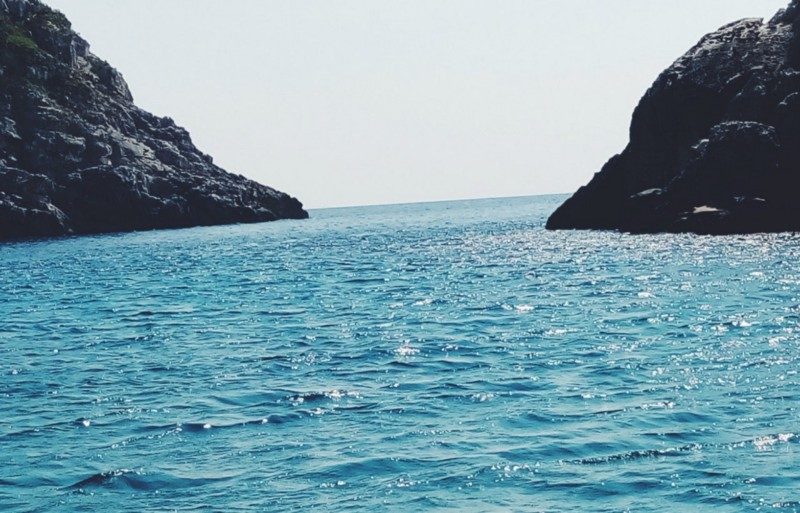Thirty years ago, the ocean waters surrounding British islands in the South Atlantic were near-pristine. But plastic waste has increased a hundredfold since then, and is ten times greater than it was a decade ago. These islands — part of the British Overseas Territories, which includes established or proposed Marine Protection Areas — are among the most remote on the planet. Yet they no longer are immune to the kind of pollution fouling industrialized North Atlantic coasts, a fact that portends dire consequences, according to new research.
“Plastic in the ocean is not merely unsightly and threatening to marine life. It is entering the marine food chain, which most humans on the planet depend on,” said David Barnes, a marine ecologist with the British Antarctic Survey (BAS) who has been studying the region. “The longer and later we leave the problem of plastics, the more difficult and expensive it will be to deal with. We need to do something quickly, as plastics at sea can spread some quite nasty toxic chemicals, reduce the ability of environments to sustain our food, and become part of the food we want to eat. Clearly we would not ignore poison being spread on our vegetables or fed to livestock on farms, yet that is what’s happening in our seas.”
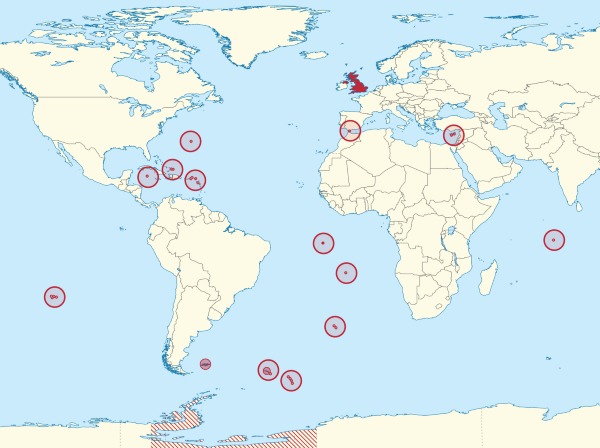
The plastic is of many types and from many sources, including debris blown in from landfills, trash tossed out by thoughtless beachgoers, detritus from the shipping and fishing industries, and other bits and bobs carried off by severe storms or other accidents, according to Barnes. “Millions of microplastics can form from degradation of a single larger piece, such as a plastic bag,” he said.
Climate change is exacerbating the problem, Barnes explained. Animals or plants already stressed by the effects of plastic can become more vulnerable to other stresses, like warmer waters. And seas critters can catch a ride on pieces of plastic, floating away from warm places to cooler ones, taking up residence where they don’t belong. “Plastics are a floating potential home, so animals at one location can colonize them and drift to another where they may become invasive pests by establishing, breeding and spreading,” Barnes said.
Also, degrading plastics emit such greenhouse gases like methane and ethylene when exposed to sunlight, further worsening climate change. “Climate change is tied up with plastic as a threat to biodiversity — life on Earth — in a number of different ways,” said Barnes, lead author of the study, which appears in the journal Current Biology.
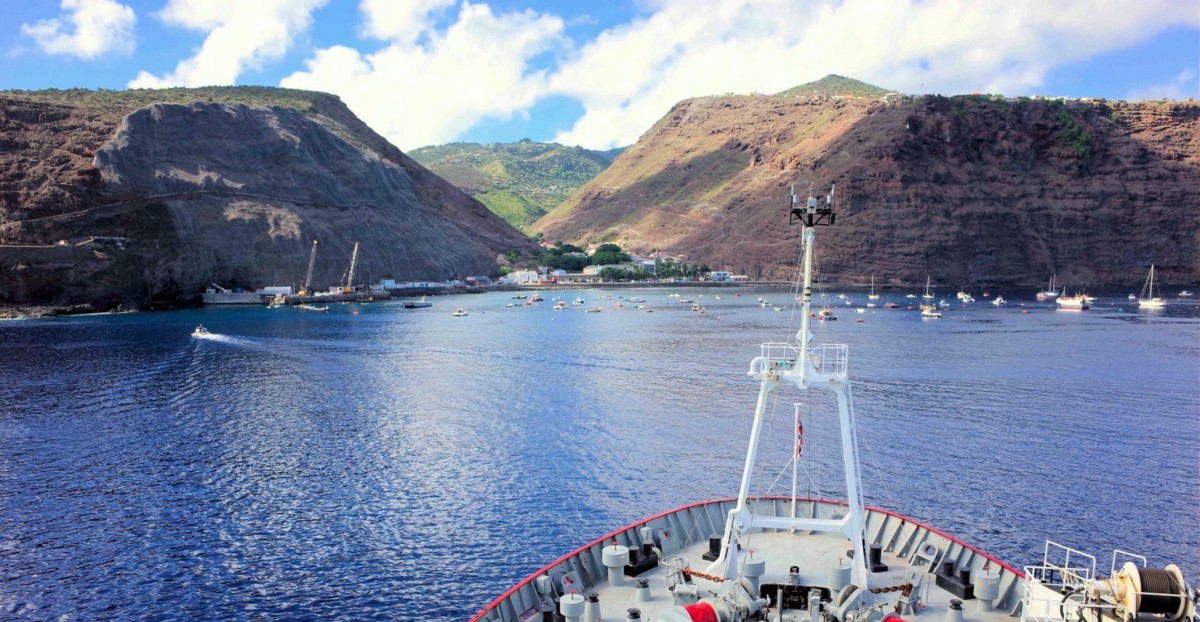
Plastic waste in ocean waters can pose numerous dangers to marine life, among them, entanglement, poisoning and starvation through ingestion. “Ingestion of plastics leading to nutritional deficiencies or starvation — for example, stomach blockages — is part of the problem,” Barnes said. “This can be made worse as plastic waste at sea can absorb persistent organic pollutants — poisons — and concentrate them. Macroplastics can entangle, choke or drown animals, such as turtles, whales and sharks.”
Andy Schofield, a biologist with the Royal Society for the Protection of Birds, and one of the researchers on the project, agreed. “These islands and the ocean around them are sentinels of our planet’s health,” he said. “It is heart-breaking watching Albatrosses trying to eat plastic thousands of miles from anywhere. This is a very big wake up call. Inaction threatens not just endangered birds and whale sharks, but the ecosystems many islanders rely on for food supply and health.”
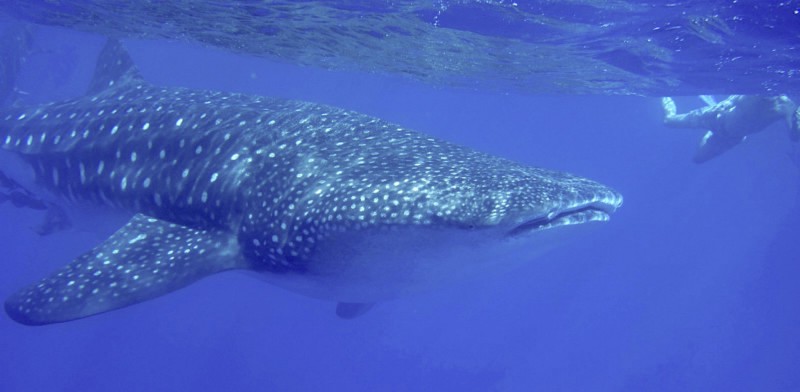
The study was conducted during four cruises on the BAS research ship RRS James Clark Ross between 2013 and 2018. A team of scientists from ten organizations sampled the water and seabed, surveyed beaches and examined more than 2,000 animals across 26 different species. The work is part of a larger program whose goal is to help small Atlantic island nations protect their coasts.
The amount of plastic that has reached these regions increased at all levels, from the shore to the seafloor, according to the scientists. More than 90 percent of beached debris was plastic, and the volume of this debris is the highest recorded in the last decade, they said.
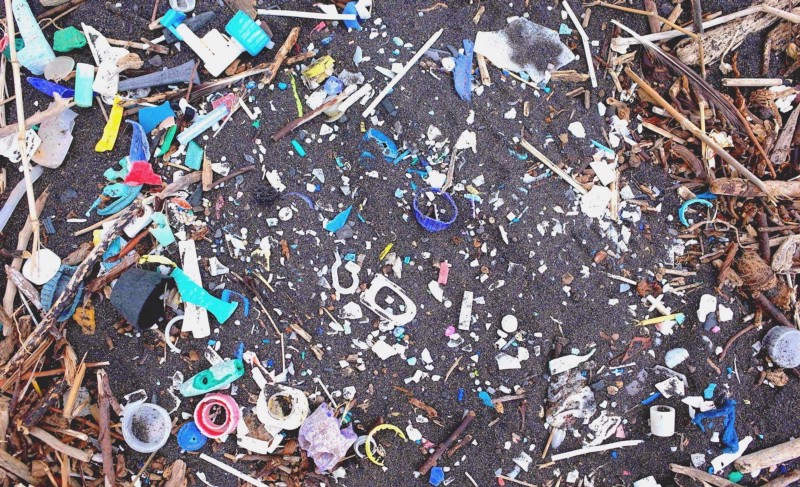
They found the largest concentration of plastic on the beaches. “In 2018 we recorded up to 300 items per meter of shoreline on East Falkland and St Helena. This is ten times higher than recorded a decade ago,” Barnes said. “Understanding the scale of the problem is the first step towards helping business, industry and society tackle this global environmental issue.”
Furthermore, their “remoteness” from the sources of plastic provides “a ‘state of the oceans’ snapshot,” he said, explaining that influx of plastic waste is a global problem that will require a concerted diverse effort to solve.
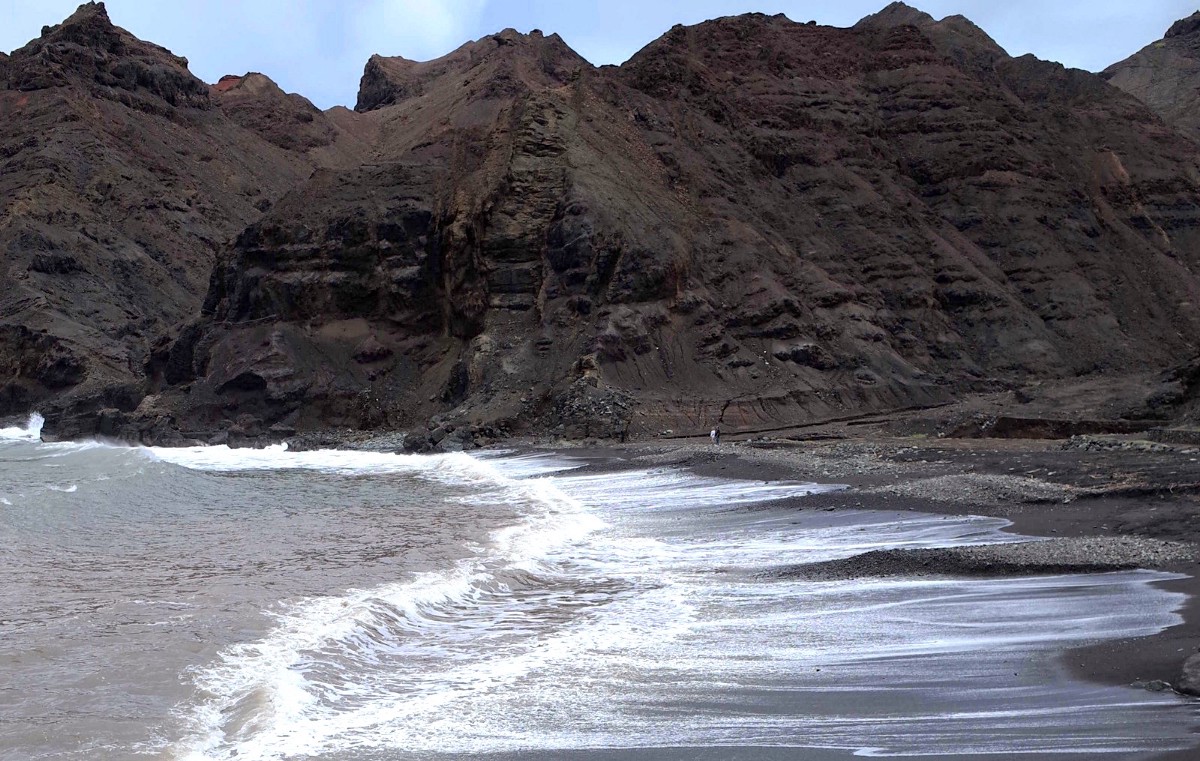
“There are actions that can be carried out at government level, for example taxing single-use plastics, even banning some and better incentivizing reuse and recycling,” he said. “There are lots of things we can do as individuals, not just applying pressure to make those things happen, but in being more selective in buying products with reduced packaging, thinking more about careful recycling and proper disposal.”
He pointed out, however, that many parts of the world lack the resources to collect and dispose of plastics. Therefore, “developed nations should be helping more with this, and it is in our interest to do so,” Barnes said. “There are lots of bold new schemes to try to detect, collect and combat marine plastics, but as our study shows, the problem is growing faster than ever — and we really do need to treat the problem more seriously than we are.”
Marlene Cimons writes for Nexus Media, a syndicated newswire covering climate, energy, policy, art and culture

